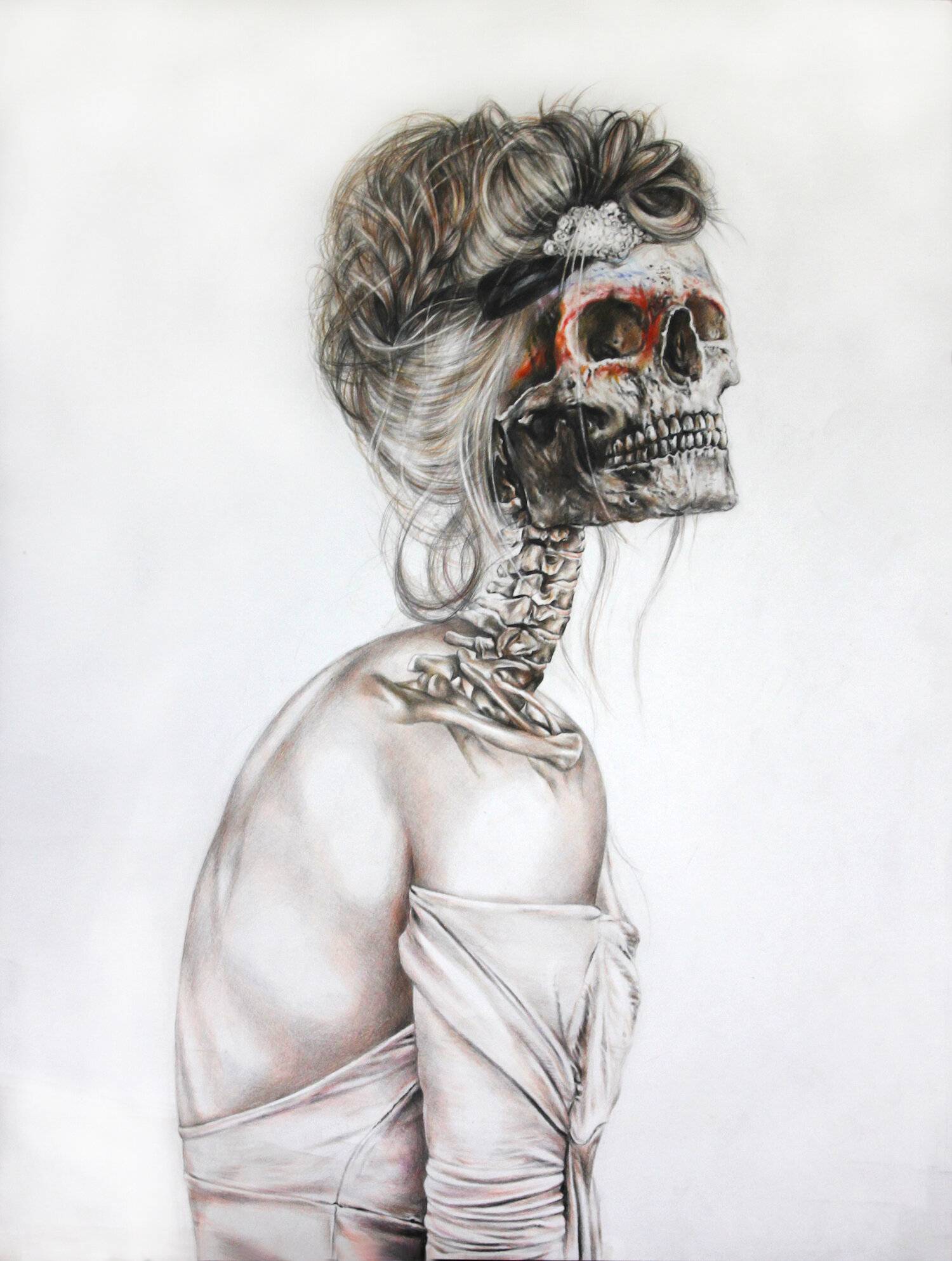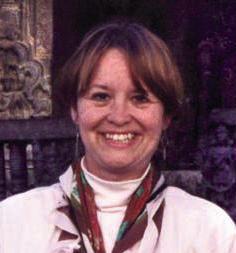In my article "The Scar Project: Visual Language for Telling the Story of Breast Cancer in Women" in the 2017 Spring issue of Intima, I was interested in exploring the notion of scripts women use to navigate a diagnosis of breast cancer, and the extent to which these scripts co-opt and direct a patient's thoughts about that medical experience. In particular, I was contrasting the different approaches employed by Susan Komen's "pink culture" with the stark black and white images of post mastectomy patients in David Jay's S.C.A.R. project.
Joy Liu's short story, "Triumphant," in that same issue adds to that notion of scripts and the role they play in medicine, only here the script is one written by a young researcher who has just completed a research fellowship, and feeling empowered by that experience, is confident in her ability to "blast [the cancer of her patient] into oblivion."
Part of the confidence the young physician is feeling is a consequence of another script, that generated by the company who produced a new drug with great promise in fighting renal cancer. That script of the drug company becomes easily incorporated into the script that directs the physician's performance with her patient, in large part because that script is consistent with the narrative the physician wishes to tell.
The patient, meanwhile, has his own script, and a major conflict in the story arises when these scripts come into conflict. The patient's script, which discloses that the medication causes memory lapses, crippling back pain, as well as acne across his whole body, elicits --perhaps requires-- a response from the physician that having a lot of symptoms "is a sign that the medication is probably working." Such optimism becomes harder to sustain when the next CAT scan appears. The diminished size of some lesions but the generation of new ones show results that are equivocal at best, and certainly not consistent with physician's scripted outcome for this patient, the "applause from my auditoriums of admirers," "the living testament to my mastery of renal cell carcinoma."
In the course of righting her own disappointment, the physician fails to pick up on the story that is playing out in the patient's life. His statement about his unwillingness to "throw away what's left on someone else's rainbow," his tears when his girlfriend leaves him and he is left alone with no one to settle his estate once he dies, are strong lines in the dialogue of his script, but the researcher is so embedded within her own narrative, so caught up in her own frustration over the results of the trial, that she is unable to respond, except to offer another script, one that involves his being transitioned to traditional therapy. Only after her patient takes his life do his words begin to resonate with the deep understanding of how the script of his cancer read for him.
The power of scripts, like diagnosis, is that they give shape to the chaos that is illness. They offer a direction to go, actions to take. The danger of scripts is that their power in directing the narrative can become so dominant that they fail to admit into their account competing story lines that also insist on playing themselves out. "Triumphant" ends on a positive note: the physician produces a paper that explores depression and suicide in cancer patients. But the caveat that "Soft studies don't publish well" suggests an awareness of the complex structures that undergird all narratives, and how the dissemination of some scripts sometimes comes at the peril of the omission of others, equally important and compelling.










